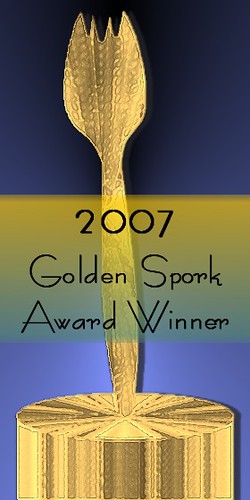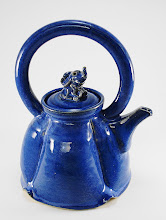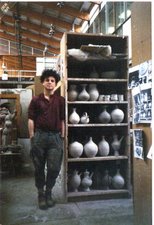
So, what is TIKI???
Aloha Hawaii tells us: TIKIS: SYMBOLS OF THE SOUTH PACIFIC
When people hear the term tiki, some think of torches or those scary statues propped against the wall at a tropical-inspired bar. But most people don't know the story and mystery behind the term.
Most Polynesians believe that Tiki was the first man created. In Polynesian mythology, Tiki or hei tiki is a sculpture carved in the shape of a god, housing a spirit. The creation of tikis is known from all over Polynesia. Among the Maori of New Zealand, the women wear small tiki talismans around their necks to protect from infertility. The giant moia of Easter Island are some of the mysterious carvings that were discovered in 1722 by Dutch explorer Jacob Roggeveen. There are over 200 moia on the island that were once worshipped by the inhabitants. Some of these statues weigh nearly 80 tons. So how did the tiki become such a hype in the United States, you might ask.
To many, the Tiki was more than just a statue. It symbolized everything about the South Pacific. Polynesian-themed restaurants opened in the 1930s and 1940s, offering tropical rum drinks, and housing flaming torches, rattan furniture, flower leis and brightly colored fabrics. People inspired by the success of these restaurants began to open their own tropical taverns. Around this time, soldiers were returning home from World War II, bringing with them stories and souvenirs from the South Pacific. Americans immediately fell in love with the exotic culture, and designers and artists began to incorporate the Polynesian culture into their work. From home accessories to architecture, Tiki was big in the United States. All of this was widely known as the Tiki culture.
The Tiki's popularity skyrocketed in the late 1950s and early 1960s marked by the entrance of Hawaii as the 50th state in 1959. Tiki mugs and torches that once collected dust in thrift stores became hot items. Anything Tiki-inspired took the center stage in the world of Polynesian culture. Some people even believe that having a Tiki item in the house adds a breezy island spirit that makes homeowners feel like they are on vacation year-round.
But the widely known Tiki statue still remains a cultural staple in Polynesia. In Hawaii, you can find Tiki statues welcoming guests and visitors at the entrance of the Polynesian Cultural Center, some hotels and other Polynesian-themed locations. Waikiki gift shops carry a variety of Tiki-inspired souvenirs and gifts, and some local candy companies use the Tiki statue in their logo.




















4 comments:
Blog as learning tool. ;-)
I didn't know all that and had forgotten that Hawaai is a relatively new state!
So whaddya thing Ki-Ki is ?
He was my Blankie! His 2nd name was Ni-Ni. Man, I'm practically Polynesian!
Check this out: Old-Time Tiki
beatnicks and tiki: can you dig it?
Post a Comment